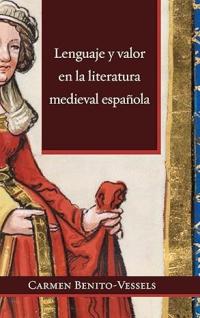Wajdi Mouawad's works are haunted by the war that devastated his native Lebanon, and by his subsequent exile. This article focuses on Littoral (1999), Visage retrouvé ( 2002) and Incendies (2003). By highlighting the central role of specters and graves, it argues that the burial of the dead is a quest for a long-lost past, a means to reclaim a piece of oneself and rebuild memory and history alike. Furthermore, it shows how Mouawad seeks, through theater, storytelling, and writing, to confront both the war, and the lack of a story about the war, the past, and origins.
Contemporary French & Francophone Studies, Dec. 2014, Vol. 18, Issue 5
Keywords: War; Narrative; Burial of the Dead; Specters; Storytelling; Theater


